- No products in the cart.
Mini Titrator for Measuring Titratable Acidity in Water
Mini Titrator for Measuring Titratable Acidity in Water
The HI84530 is an easy to use, fast and affordable, method specific titrator designed for testing titratable acidity levels in water. Based on an acid-base titration method, this mini titrator uses an optimized pre-programmed method of analysis with a powerful algorithm that determines the completion of the titration reaction potentiometrically with a glass body pH electrode.
The HI84530 incorporates a precision piston style dosing pump that adjusts the volume of dosing dynamically based on the voltage change. This type of dosing system reduces the amount of time required for the titration while providing for a highly accurate determination of the amount of titrant used.
This mini titrator is supplied complete with all the materials necessary to perform low and high range measurements of acidity in water. All chemicals are premixed and prepackaged including standardized titrants, reagents and pump calibration solution. There is no need for volumetric glassware or analytical balances.
- Piston driven pump for accurate dynamic dosing
- Pre-standardized titrant and pre-measured reagents
- Benchtop use as a pH/mV meter
Mini Titrator for Measuring Titratable Acidity in Water
Characteristics:
| Range | Low Range (as CaCO₃): 15.0 to 400.0 mg/L; 0.3 to 8.0 meq/L High Range (as CaCO₃): 300 to 4000 mg/L; 6.0 to 80.0 meq/L |
| Resolution | Low Range: 0.1 mg/L / 0.1 meq/L; High Range: 1 mg/L / 0.1 meq/L |
| Accuracy (@25ºC/77ºF) | Low Range: ±0.5 mg/L or 3% of reading, whichever is greater; High Range: ±15 mg/L or 3% of reading, whichever is greater |
| Methods | acid base titration, total acidity / strong acidity |
| Principle | fixed endpoint titration: 8.30 pH (phenolphthalein) or 3.7 pH (methyl orange) |
| Pump Speed | 10 mL/min |
| Stirring Speed | 600 rpm |
| pH Range | -2.0 to 16.0 pH; -2.00 to 16.00 pH |
| pH Resolution | 0.1 pH / 0.01 pH |
| pH Accuracy (@25ºC/77ºF) | ±0.01 pH |
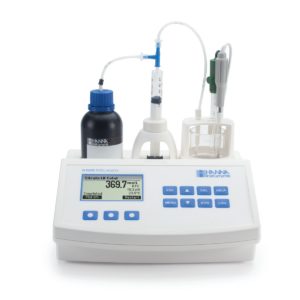
Acidity is an important parameter used to determine the quality of water (surface, drinking, wastewater). Acidity affects many things including chemical reaction rates, biological processes, and corrosiveness. It can also be used to monitor pollution in wastewater and drinking water.
Total titratable acidity is a quantitative measurement of the water sample’s ability to react with a strong base solution to a specific pH value. Many chemical species can contribute to the acidity measurement depending on the method of analysis. These species can include strong acids (hydrochloric acid, nitric acid, sulfuric acid, etc.), weak acids (acetic acid, carbonic acid, etc.), and hydrolyzing salts (iron, aluminum, manganese, etc.)
Double Junction pH Electrode
The HI84530 is supplied with the HI1131B refillable, double junction, combination pH electrode. By design, the HI1131B has a spherical tip for use in aqueous or liquid solutions. This versatile electrode provides a wide surface of contact with a sample and is ideal for direct measurements or acid base titrations in the water industry.
Piston Driven Dosing Pump
The heart of the HI84530 is the piston driven burette pump. This type of dosing system uses a motor in which each dose is very precisely controlled and the volume dispensed is accurately determined. The piston driven burette is controlled dynamically so that the volume of titrant being dosed is automatically adjusted based on a voltage response of the previous dose. This type of dosing speeds up the titration process by allowing for more titrant to be dosed at the start of the titration and then very small doses as the endpoint is reached.
Automatic Stirrer
The built-in stirrer is automatically maintained at a speed of 600 rpm, regardless of the viscosity of the solution being titrated.

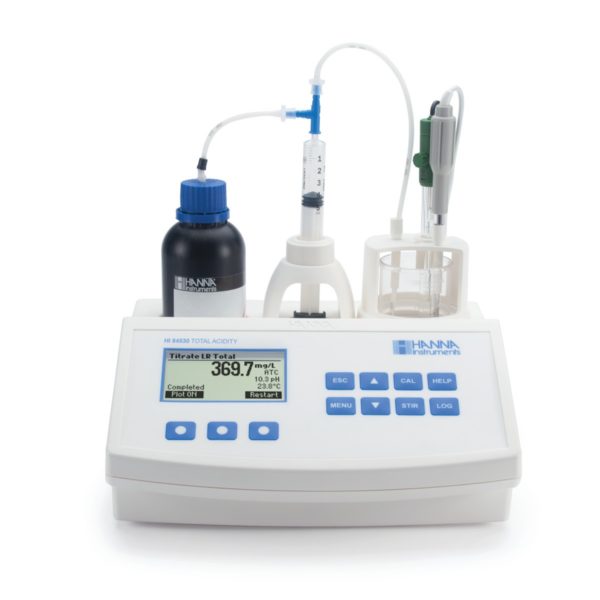

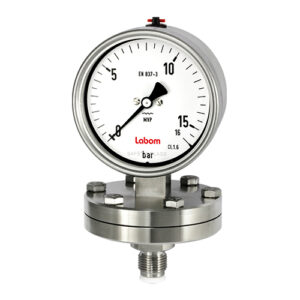
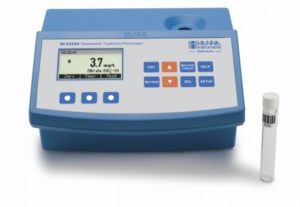
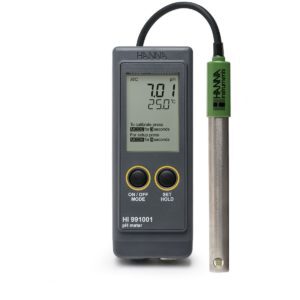
Reviews
There are no reviews yet.